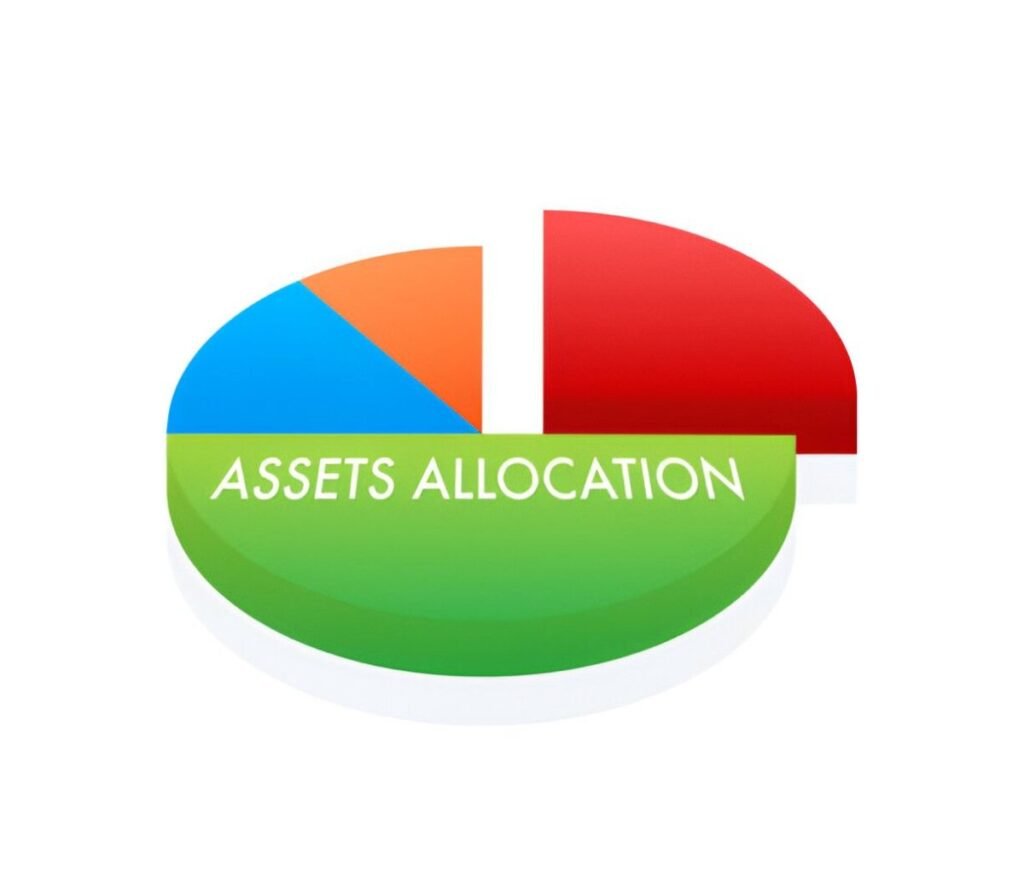As a finance expert, I often get asked about the best way to allocate assets for long-term growth without taking excessive risk. One strategy I frequently recommend is the 80/20 asset allocation—a mix of 80% equities and 20% fixed income. This approach balances growth potential with stability, making it suitable for investors with moderate risk tolerance. In this article, I’ll break down why this allocation works, how to implement it, and when it might not be the best choice.
Table of Contents
What Is the 80/20 Asset Allocation?
The 80/20 rule in investing means dividing your portfolio into 80% stocks (equities) and 20% bonds (fixed income). This split leans aggressive but still provides a cushion against market downturns. The logic is simple:
- Stocks drive growth, historically returning around 7-10% annually (adjusted for inflation).
- Bonds reduce volatility, offering steady income and capital preservation.
This allocation is popular among investors who have a long time horizon (10+ years) and can stomach short-term fluctuations.
Why the 80/20 Split Works
Historical Performance
Looking at historical data, an 80/20 portfolio has delivered strong returns with manageable risk. According to Vanguard’s research, a portfolio with 80% stocks and 20% bonds averaged ~9% annual returns over the past 30 years, with less volatility than a 100% stock portfolio.
Risk vs. Reward Trade-Off
The Sharpe Ratio measures risk-adjusted returns. A higher ratio means better returns per unit of risk. The 80/20 mix often has a higher Sharpe Ratio than all-stock portfolios because bonds dampen volatility.
Sharpe\ Ratio = \frac{R_p - R_f}{\sigma_p}Where:
- R_p = Portfolio return
- R_f = Risk-free rate (e.g., Treasury yields)
- \sigma_p = Portfolio standard deviation (volatility)
Psychological Benefits
Behavioral finance shows that investors panic during downturns. A 20% bond allocation provides stability, reducing the urge to sell at the worst time.
How to Implement an 80/20 Portfolio
Choosing the Right Stocks and Bonds
Not all stocks and bonds are equal. Here’s how I diversify within the 80/20 framework:
Equities (80%)
- 50% U.S. Stocks (S&P 500 or total market index funds)
- 20% International Stocks (Developed and emerging markets)
- 10% Small-Cap or Growth Stocks (Higher risk, higher reward)
Bonds (20%)
- 10% U.S. Treasury Bonds (Safe, low yield)
- 5% Corporate Bonds (Higher yield, slightly riskier)
- 5% TIPS (Inflation-Protected Securities) (Hedges against inflation)
Rebalancing Strategy
Markets shift, so I rebalance annually to maintain the 80/20 ratio. If stocks surge to 85%, I sell some and buy bonds to revert to the target allocation.
Comparing 80/20 to Other Allocations
| Allocation | Avg. Return | Max Drawdown | Best For |
|---|---|---|---|
| 100/0 (All Stocks) | ~10% | -50%+ | Young, aggressive investors |
| 80/20 | ~9% | -30% to -40% | Moderate growth seekers |
| 60/40 | ~7-8% | -20% to -30% | Pre-retirees |
| 40/60 | ~5-6% | -10% to -20% | Retirees needing income |
When the 80/20 Allocation Fails
No strategy is perfect. The 80/20 mix struggles in:
- Rising Interest Rate Environments (Bonds lose value when rates climb)
- Hyperinflation (Stocks and bonds both suffer)
- Short-Term Needs (Not ideal for money needed in <5 years)
Tax Considerations
Tax-Efficient Placement
I place bonds in tax-advantaged accounts (like IRAs) to avoid high taxes on bond interest. Stocks go in taxable accounts where long-term capital gains rates apply.
Municipal Bonds for High-Income Earners
If in a high tax bracket, I consider muni bonds—their interest is tax-free at the federal level.
Real-World Example
Let’s say I invest $100,000 in an 80/20 portfolio:
- Stocks ($80,000)
- $40,000 in VTI (U.S. Total Stock Market ETF)
- $20,000 in VXUS (International Stocks ETF)
- $10,000 in VB (Small-Cap ETF)
- $10,000 in sector-specific ETFs (Tech, Healthcare)
- Bonds ($20,000)
- $10,000 in BND (Total Bond Market ETF)
- $5,000 in LQD (Corporate Bonds)
- $5,000 in TIP (TIPS ETF)
If stocks grow 12% in a year and bonds return 3%, the new balance is:
New\ Stock\ Value = 80,000 \times 1.12 = 89,600
New\ Bond\ Value = 20,000 \times 1.03 = 20,600
Now, stocks make up 81.3% of the portfolio. To rebalance, I sell $1,040 of stocks and buy bonds to return to 80/20.
Final Thoughts
The 80/20 asset allocation is a powerful middle ground for investors who want growth without excessive risk. It’s not a “set it and forget it” strategy—regular rebalancing and adjustments are key. If you’re comfortable with moderate volatility and have a long-term horizon, this approach could be ideal.




